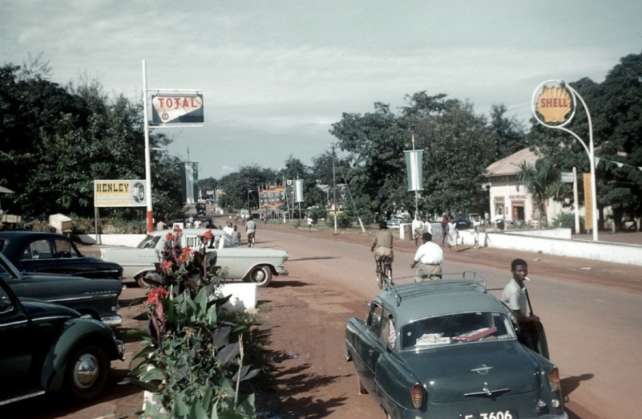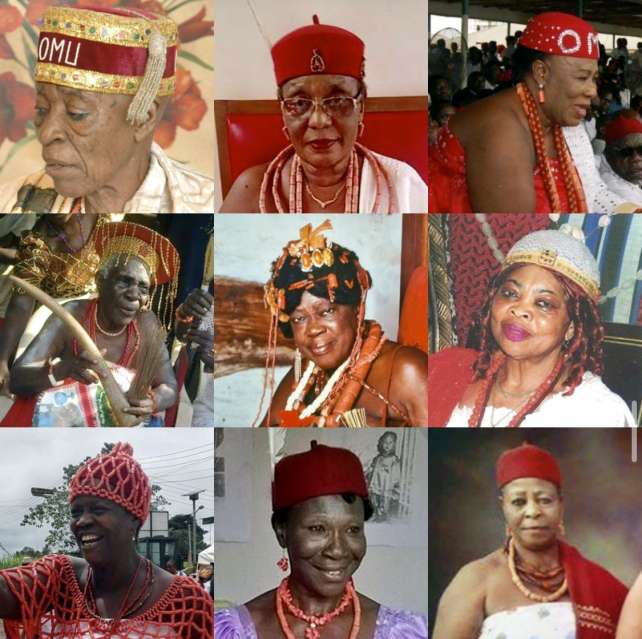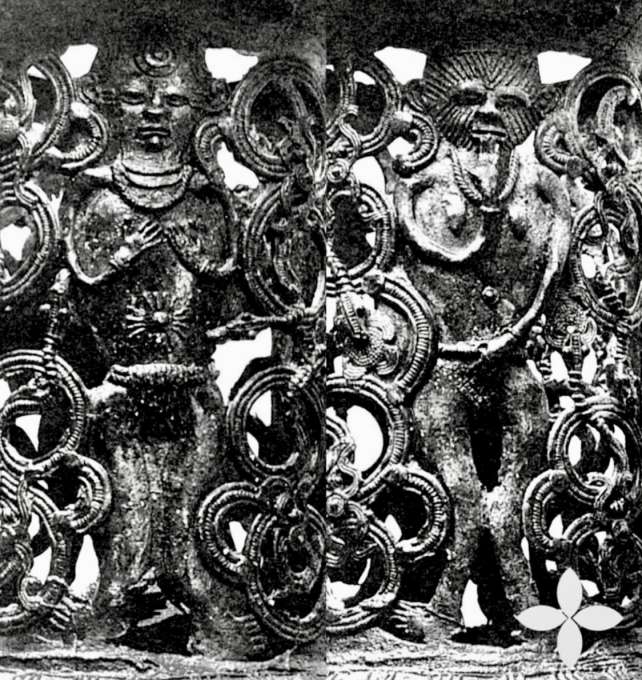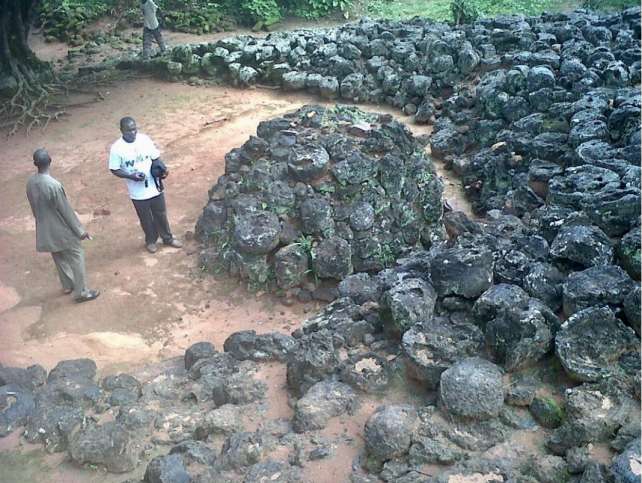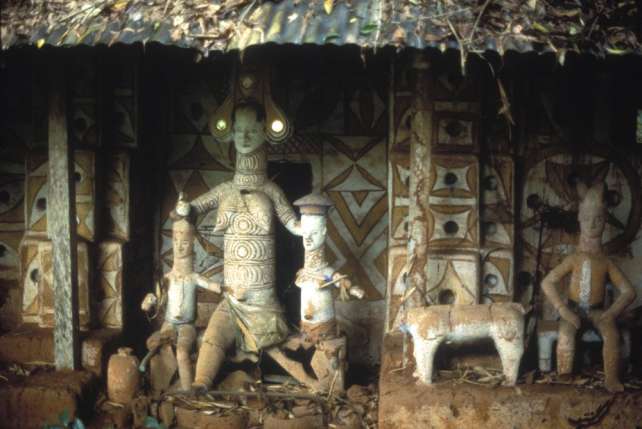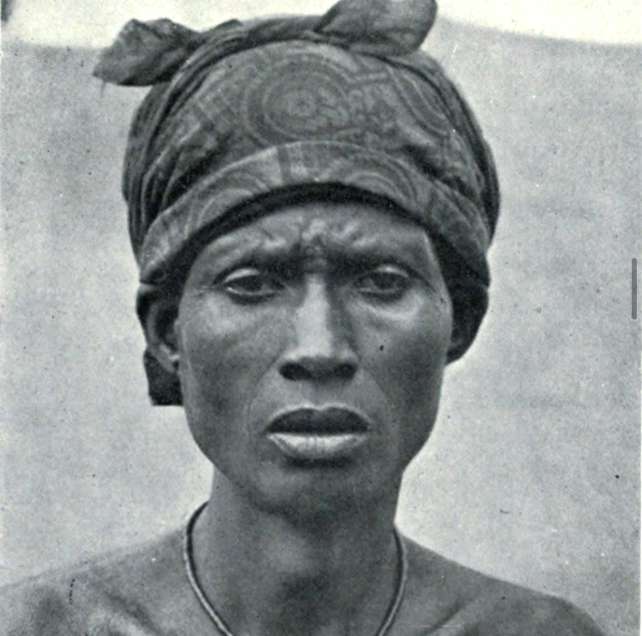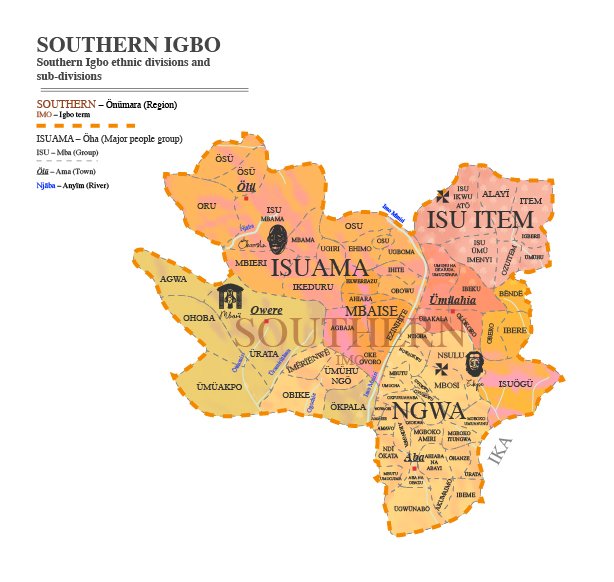Enugu, Nigeria, 1960. Photo: Simon Ottenberg.
A glimpse into Enugu's past!
The photo by Simon Ottenberg, taken in Enugu, Nigeria, 1960, captures a moment in time, provides a rare, authentic glimpse into the everyday life and cultural heritage of the Igbo people as Nigeria approached its independence on October 1, 1960. This image, rich in historical and…
